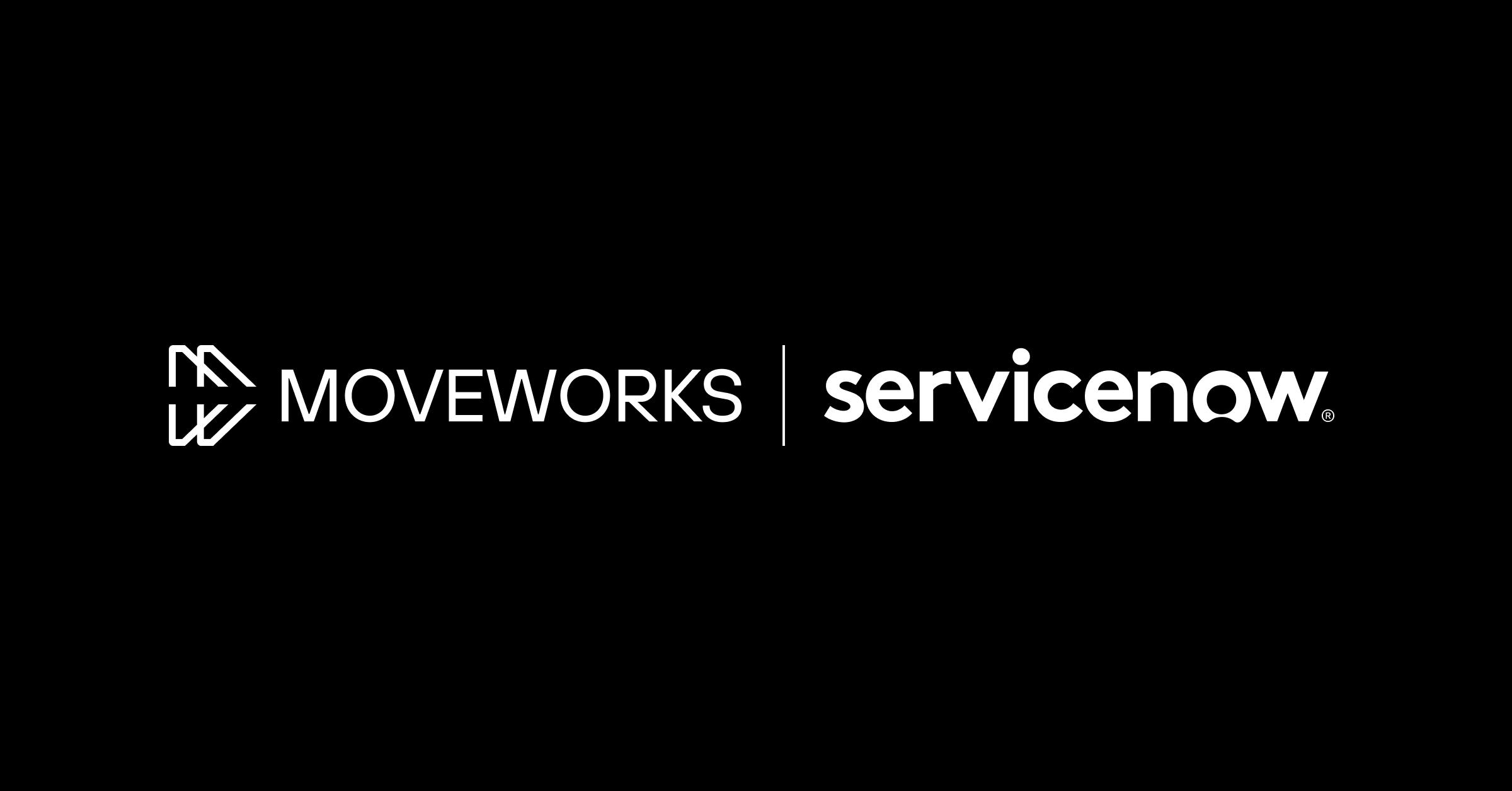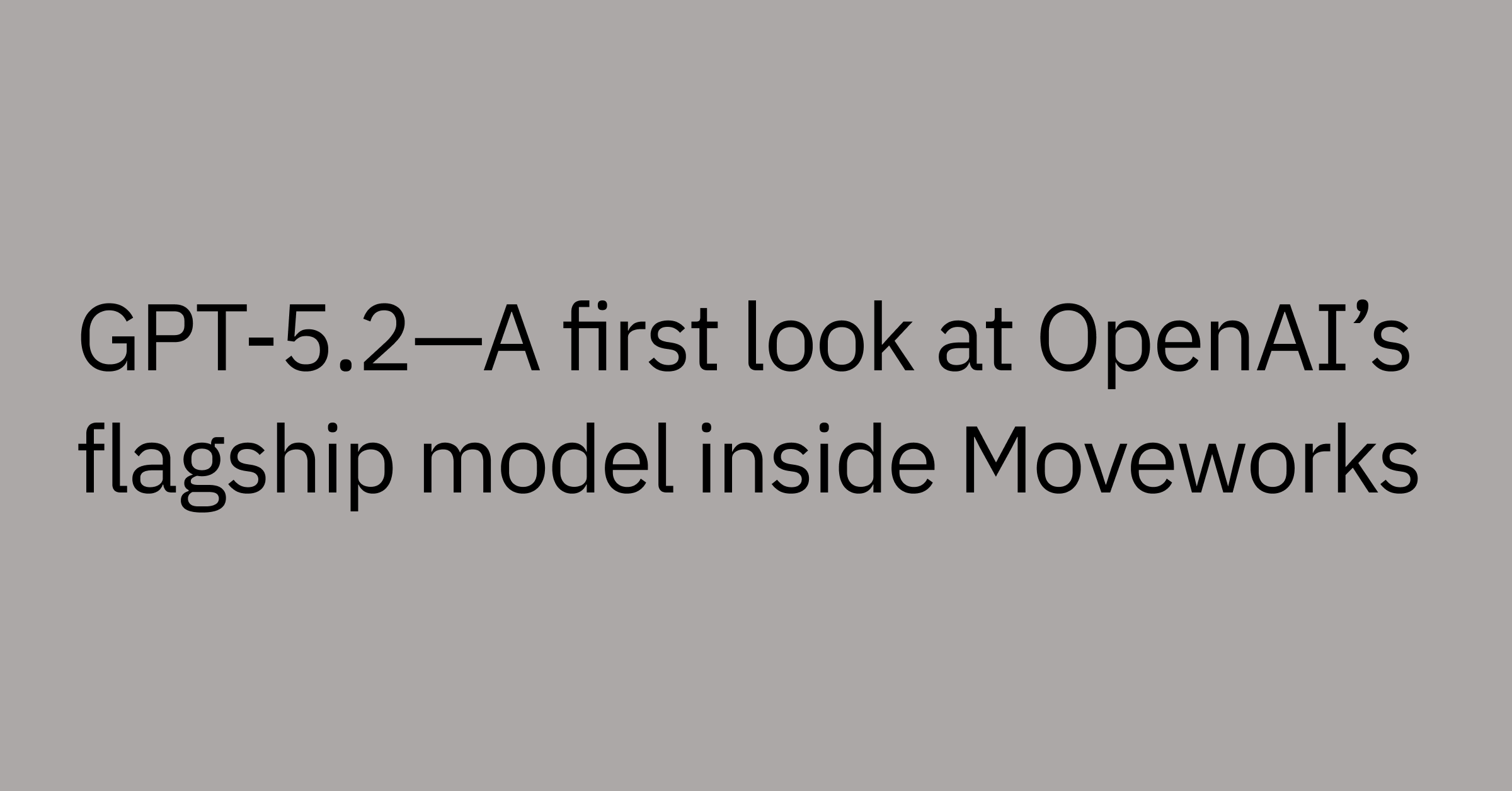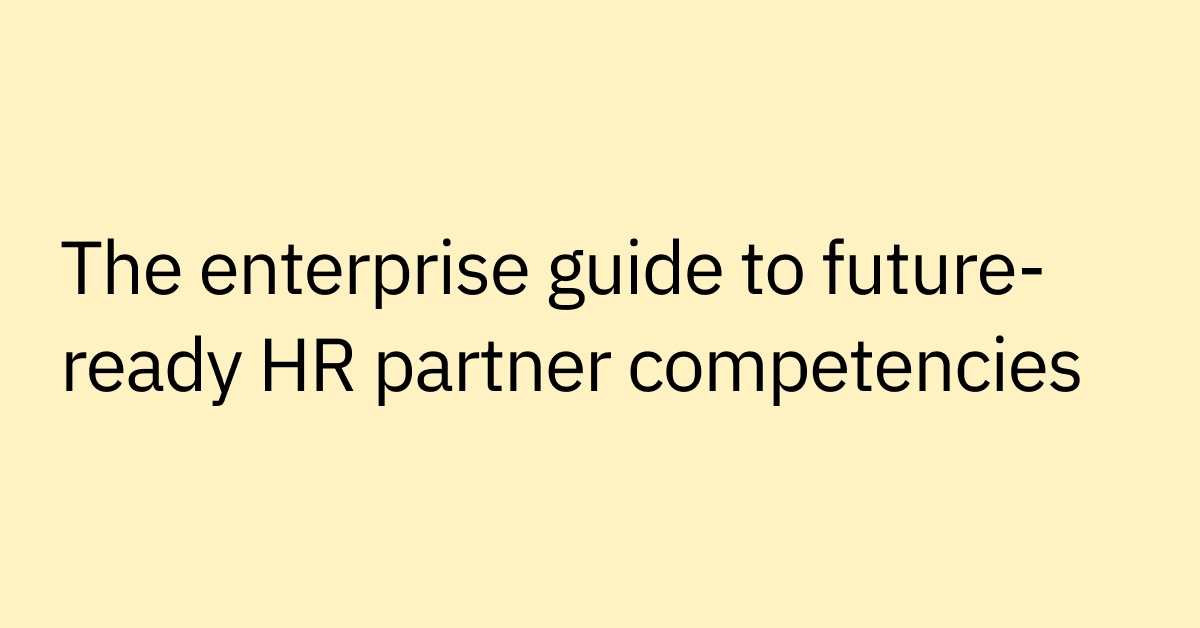Table of contents
Remember that feeling of accomplishment after crossing everything off your to-do list? Yeah, that's a rare gem these days. We're all juggling a million things, leaving us feeling burnt out and behind.
Even before the enterprise AI buzz began, maximizing productivity and employee output was a top priority for businesses. Yet, despite this focus and the clear pain employees feel, organizations remain stuck in the mud of manual processes.
This reliance on outdated methods not only hinders productivity but also dampens employee morale. The numbers speak for themselves: a staggering 90% of companies aren't fully leveraging digital technology, leading to a significant gap.
With generative AI, that elusive sense of productivity could become a reality, freeing you and your team from the busywork that so often weighs you down.
Generative AI, or artificial intelligence that can generate new content like text, images, or code, has the potential to exponentially increase workplace productivity. By automating tedious tasks and augmenting our capabilities, this technology empowers teams to focus on what truly matters — driving innovation, enhancing collaboration, and accelerating growth.
Ready to bridge the productivity gap and empower your people? Here's what we're covering today:
- The productivity tax of manual processes
- Generative AI's impact on productivity
- How generative AI benefits workplace productivity
- The challenges of bringing generative AI into the workplace
- How Moveworks AI Assistant drives productivity
The productivity tax of manual processes
Businesses are paying a steep price for their reliance on manual processes. Inefficiencies stemming from lack of automation directly impede employee output, sapping valuable time and brainpower from more strategic initiatives.
The consequences ripple across organizations in several ways:
- Increased error rates and rework: Manual data entry and repetitive tasks are error-prone, leading to inaccuracies that require rework. This vicious cycle prevents employees from dedicating their full efforts to higher-value activities.
- Diminished focus and creative bandwidth: Overburdened by mind-numbing manual tasks, employees have limited time and energy left for creative problem-solving, strategic thinking, and productive work that propels the business forward.
- Inefficient resource utilization: With skilled employees mired in busywork, organizations fail to maximize their human capital — their most valuable resource. Top talent ends up underutilized on low-impact tasks.
- Delayed response times: An overreliance on manual processes inevitably leads to delays in completing critical workstreams, hampering the organization's ability to operate nimbly and responsively.
- Limited scalability: As demands increase, manual processes become unsustainable bottlenecks, restricting an organization's capacity to expand and scale operations efficiently.
The impacts reverberate across departments. In HR and payroll for example, data entry errors can lead to costly payroll mistakes. Yet the manual administrative workload is immense — from ensuring compliance to managing benefits and accurate payments. A single data entry mistake can cost $4.78.
Employees and customers alike grow dissatisfied with sluggish turnarounds and subpar experiences. Frontline teams are inundated with routine queries, forcing them to prioritize low-level issues overmore strategic support.
The cost of manual process is simply too high in today's competitive landscape. With productivity taking a severe hit, organizations struggle to keep pace with ever-intensifying competitive pressures and rapidly evolving market demands.
Solving this pervasive challenge is crucial for companies to remain competitive and deliver exceptional experiences, inside and out.
The impact of generative AI on productivity
Generative AI promises to be a force multiplier for highly skilled professionals, amplifying their productivity and unlocking new frontiers of innovation. Its impact can be nothing short of staggering. In a bold projection, McKinsey estimates that generative AI could boost global corporate profits by an astonishing $4.4 trillion annually — a figure that underscores the technology's potential.
Furthermore, Nielsen's findings highlight the tangible productivity gains already being realized, reporting a remarkable 66% increase in employee productivity through the adoption of generative AI tools. This statistic is not a mere projection; it reflects the very real and measurable impact this technology is having on the modern workforce.
At the core of this transformation lies generative AI's ability to amplify human capabilities, acting as a potent force multiplier. By harnessing the power of advanced language models and machine learning algorithms, these tools empower highly skilled professionals to achieve more in less time, streamlining processes, and driving output.
The implications of such a shift are far-reaching. The productivity gains enabled by generative AI have the potential to reshape entire organizations, fostering a culture of efficiency and agility. By automating repetitive tasks and augmenting human capabilities, businesses can optimize resource allocation, maximize output, and ultimately drive profitability to new heights.
With such staggering projections and tangible results already being realized, it's clear that generative AI is not just a passing trend but a profound force reshaping the landscape of productivity and innovation.
How generative AI benefits workplace productivity
From streamlining communication to automating repetitive tasks, generative AI is ushering in a new era of workplace productivity, empowering teams to achieve more.
Here are just a few of the many ways generative AI can improve workplace productivity today:
More efficient communication and collaboration: AI-powered tools are changing the way teams communicate and collaborate. Powered by large language models (LLMs), tools like AI assistants can streamline communication by automating routine messages and facilitating seamless information sharing across the organization.
Smart scheduling: Effective time management is crucial for productive teams. AI can optimize scheduling by intelligently analyzing calendars, factoring in availability, time zones, and priorities to find the most suitable time slots for meetings or deadlines, maximizing efficiency.
Task automation: One of AI's most powerful contributions is its ability to automate a wide range of tasks, freeing up valuable time and brainpower for more strategic endeavors.
Writing and editing: Drafting, editing, and proofreading documents can be time-consuming and error-prone. Generative AI can streamline this process, generating initial drafts, refining content, and catching errors with precision, accelerating the creation of high-quality written materials.
Data entry and analysis: Repetitive data entry and analysis are prime candidates for automation. AI can swiftly and accurately handle these tasks, populating databases, parsing information, and uncovering insights from complex datasets, eliminating human error and saving countless hours.
Project management: AI can be a powerful ally in managing projects efficiently. From task delegation and progress tracking to risk assessment and resource optimization, AI tools can provide invaluable insights and recommendations, ensuring projects stay on track and within budget.
Better planning and decision-making: Beyond task automation, AI can elevate strategic planning and decision-making processes within organizations.
Predictive analytics: By analyzing historical data and identifying patterns, AI can predict future trends and outcomes, empowering businesses to make informed, data-driven decisions. This capability is invaluable for forecasting demand, identifying growth opportunities, and mitigating potential risks.
Better resource and workload allocation: AI's analytical prowess extends to optimizing resource allocation and workload distribution. These tools can assess skills, availability, and project requirements, ensuring the right resources are assigned to the right tasks, maximizing productivity and minimizing bottlenecks.
Document summarization: Generative AI can search and quickly summarize long documents, reports, or articles, extracting key points and insights, saving time from having to manually review lengthy materials.
Personalized email drafting and response generation: With an understanding of context and tone, AI can draft personalized emails and responses, reducing time spent on email communication.
Data entry and form population: AI can accurately populate forms and databases by extracting relevant information from documents or conversations, automating tedious data entry work.
Conversational support: Generative AI copilots can provide quick answers to common queries from employees or customers, reducing the load on support teams.
Workflow and process automation: By understanding and mapping out business processes, AI can automate multi-step workflows, streamlining operations.
Personalized training and onboarding: AI can create customized onboarding and training materials and interactive walkthroughs tailored to individual learning needs for more efficient onboarding.
Automated code generation and debugging: AI coding assistants can generate code snippets, suggest improvements, and help debug issues, accelerating development cycles.
Knowledge base creation and maintenance: Generative AI can automatically create, update, and query internal knowledge bases, ensuring access to the latest information.
With AI seamlessly integrating into various aspects of the workplace, efficiency is no longer a lofty goal but a tangible reality, positioning organizations to thrive in an increasingly competitive landscape.
Overcoming the challenges of generative AI in the workplace
While the benefits of generative AI are compelling, realizing them requires proactively addressing several key challenges head-on. Here are some key challenges to address:
- Building and deployment: Off-the-shelf AI solutions rarely meet an organization's unique needs perfectly. Customizing generative AI models and integrating them seamlessly into existing tech stacks requires specialized expertise. This can add significant complexity. Think deeply about building versus buying an AI solution. And consider solutions that offer extensibility to meet your needs
- Change management: Integrating AI can disrupt existing workflows and face cultural resistance. Employees may fear losing decision-making authority or even their jobs to AI. Comprehensive adoption strategies involving training, communication, and employee support are critical for successful change management.
- Data security and bias: Generative AI models are only as good as the data used to train them. Ensuring high-quality, unbiased, and secure training data is paramount. Organizations must have robust data governance and security protocols to safeguard sensitive information and mitigate risks like AI models perpetuating biases or surfacing bad information.
- Ethical and regulatory concerns: The rapid evolution of generative AI creates ethical quandaries and regulatory ambiguities that organizations must navigate carefully. Ensuring AI aligns with moral principles like transparency and accountability while complying with emerging AI governance rules is an ongoing challenge.
By proactively addressing these challenges, organizations can reap the immense benefits of AI while building workforce confidence and trust in this transformative technology.
Driving workplace productivity with the Moveworks AI Assistant
Manual tasks can feel like an endless loop, draining valuable time and energy. But what if there was a way to automate these repetitive processes, freeing your employees to focus on more strategic work?
Moveworks AI Assistant leverages the power of generative AI to transform your everyday conversations into automated workflows. Picture employees interacting with the AI assistant through natural language, triggering automated processes that solve problems and complete tasks instantly. This is the future of work, and Moveworks AI Assistant makes it a reality.
Here's a glimpse into how it works:
- Conversational user interface: Employees can interact with the AI assistant using natural language, just like they would chat with a colleague.
- LLM-powered enterprise search: Moveworks' advanced LLM technology understands the intent behind the conversation and identifies the appropriate workflow or solution.
- Automated actions: Based on the conversation, the AI assistant triggers pre-built workflows that complete tasks automatically.
The benefits of this innovative approach are vast:
- Reduced L1 support: Simple IT requests like resetting passwords or provisioning software can be handled automatically by the AI assistant, freeing up IT staff for more complex issues. See how Power Design enabled its IT team to focus on innovation and strategic initiatives by using Moveworks' AI to automate repetitive tasks.
- Automating HR tasks: The AI assistant can streamline HR processes by automating tasks like updating emergency contact information, submitting PTO requests, or booking office desks. See how Albemarle boosted HR productivity with Moveworks.
- Accelerated finance issues: Moveworks AI Assistant can expedite financial workflows by enabling employees to submit expense reports, add funds to purchase orders, or change 401k elections through simple conversations. See how Hearst delivers instant IT and finance support with AI.
These are just a few examples. Moveworks AI Assistant can automate workflows across every department, transforming the way your business operates. Imagine the possibilities!
Generative AI is paving the way to a more productive future
Generative AI is transforming workplace productivity by uplevelling how teams communicate, manage tasks, and make decisions. By automating repetitive processes and augmenting human capabilities, AI empowers employees to focus on high-value activities that drive innovation and growth. The potential benefits are immense, from improved efficiency and collaboration to better planning and resource allocation.
As businesses strive to stay competitive, integrating AI into daily workflows is no longer optional — it's essential. By embracing these powerful tools, organizations can unlock new levels of productivity and create a more dynamic, agile work environment.
Ready to see the impact of AI on your productivity? Request a demo of Moveworks' generative AI solutions today and take the first step toward building a better workplace.
Moveworks’ generative AI can supercharge your workforce's productivity. Get a demo.
Table of contents



